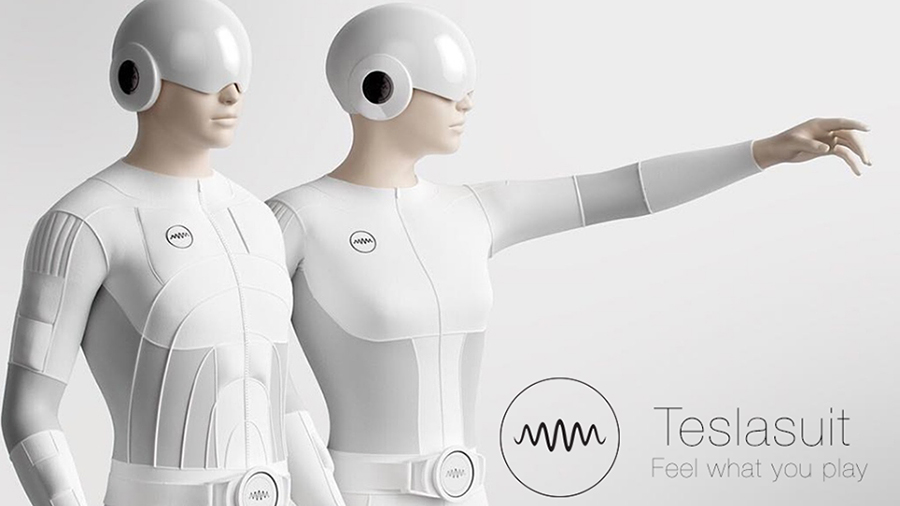The Teslasuit lets you feel virtual reality
Kickstarter kicks off

Having your eyes and ears enclosed in a virtual reality world is all well and good, but what about the rest of your body? Your various limbs are going to know you're still sat in your living room, which can be confusing if your brain thinks it's in outer space.
In the search for a more immersive VR experience, a team based in Scotland has come up with the Teslasuit: a full-body haptic outfit that puts pressure on your body to simulate physical experiences in whatever game you're playing or movie you're watching.
It works via a Bluetooth-connected T-Belt controller that you wear around your waist, which translates instructions into neuromuscular electrical stimulation (NMES) for your physical self. Anything from a bullet hit to a warm hug can be replicated, apparently.
Check out the video below to see the Teslasuit in action!
Pressure points
The makers of the Teslasuit are promising that the number of interaction points – up to 52 – sets their invention apart from the other haptic feedback solutions on the market. It even comes with integrated climate control, and you can code your own haptic sensations too.
"Our electro-tactile haptic feedback system gives you the ability to touch and feel objects inside the virtual world," say the Kickstarter campaigners. "It is a revolutionary smart textile gaming suit that allows you to interact with virtual environments like never before."
Sadly you won't be able to pick up your own personal suit any time soon; they are only sold wholesale, and prices vary depending on the order.
Sign up for breaking news, reviews, opinion, top tech deals, and more.
- Read about the best VR games currently available

Dave is a freelance tech journalist who has been writing about gadgets, apps and the web for more than two decades. Based out of Stockport, England, on TechRadar you'll find him covering news, features and reviews, particularly for phones, tablets and wearables. Working to ensure our breaking news coverage is the best in the business over weekends, David also has bylines at Gizmodo, T3, PopSci and a few other places besides, as well as being many years editing the likes of PC Explorer and The Hardware Handbook.